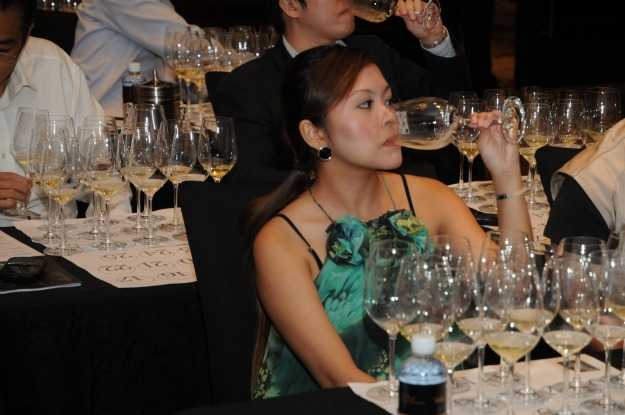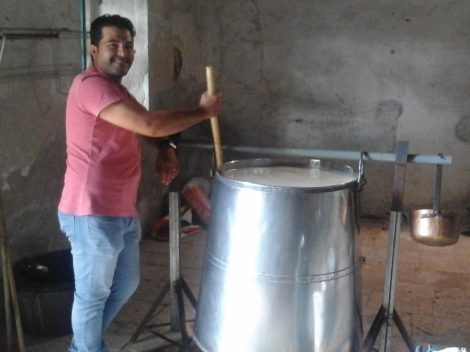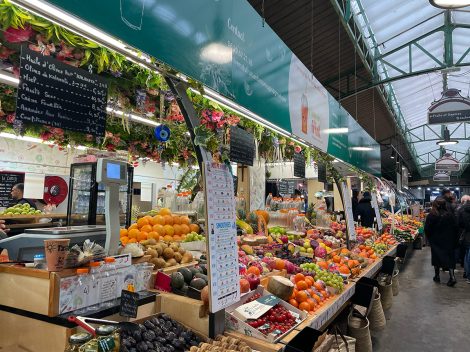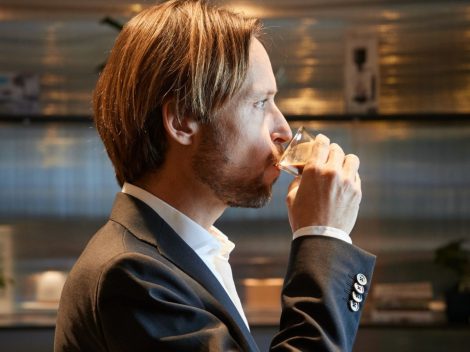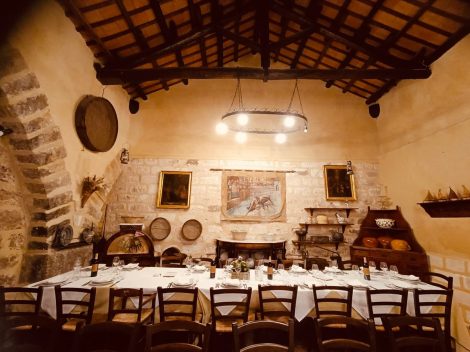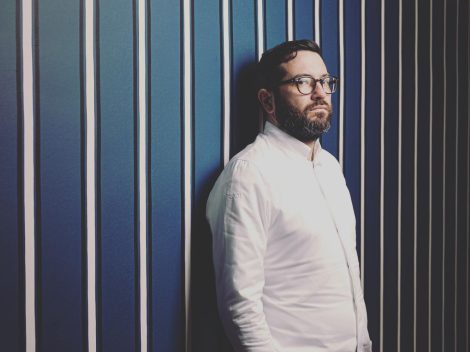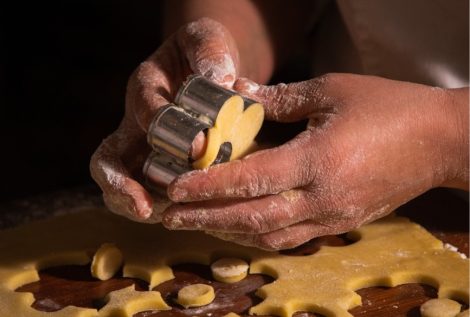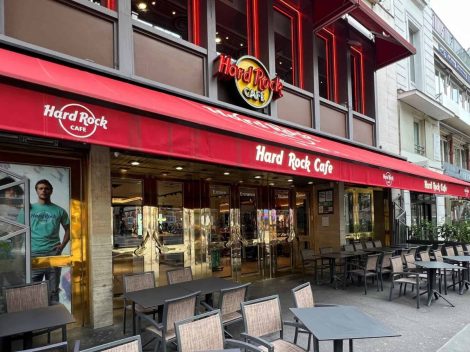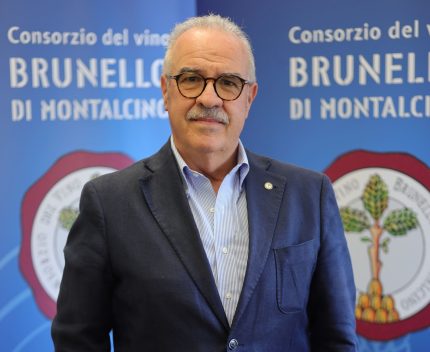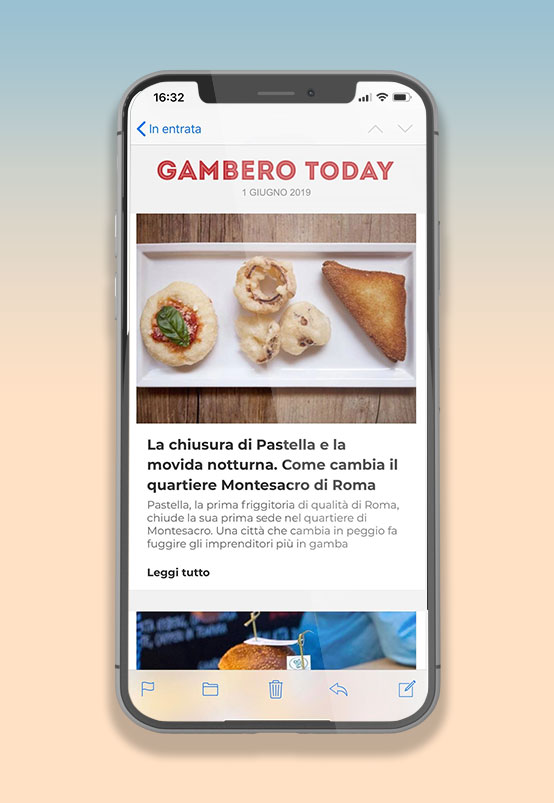nt was inaugurated by Italy’s ambassador, Anacleto Felicani. In the afternoon, numerous professionals attending the Wine For Asia event next door came to take advantage of the opportunity for full immersion in Italian enology.
With its five million inhabitants, Singapore is a city-state that includes about sixty islands, large and small, often connected one to the other, lying between Malaysia and Indonesia. Since the 1960s it has been independent, after having been a possession of the British Crown and a key commercial port since 1700. It is an extremely wealthy country and the second most densely populated in the world after Monaco. It is the fourth leading financial center in the world and the fifth commercial port on the planet. A tropical Switzerland, in other words, of skyscrapers and tropical gardens, it has had over ten million visitors over the last three years, coming both for work and for tourism. The average income is one of the highest in the world, and today, Singapore has the globe’s largest number of millionaires (measured in American dollars) in proportion to its population. An extraordinary range of hotels includes some of the most beautiful and luxurious in Southeast Asia. The remarkable variety of up-market restaurants serve food from all over the globe, from Chinese to regional Italian. All this makes Singapore a key location for wine commerce in the entire zone. Besides significant local consumption, Singapore is a hub which re-exports wine (and other goods, obviously) towards Malaysia, Hong Kong, Indonesia, India, Japan and Thailand. Singapore’s inhabitants enjoy a superior cultural level and have exigent, educated palates as well. They have at their fingertips the best of the world’s food and wine.
There seem to be more publications about food and wine here than ones about finance. At our event, many of the journalists were from the principal magazines, such as Epicure, Eat!, Cuisine & Wine Asia, Q Magazine, Wine & Dine and Appetite, to mention just a few. Specialized cable channels abound, and we will begin to collaborate with some and exchange content. The wine scene is dominated by France, which represents the highest point of the consumer pyramid in terms of quality and quantity, absorbing 38% of the market. Australia is the second country, with a 24% share; its wines are generally more simple, and intended for everyday drinking. Italian wines are in third place, with more than 6% of the market, represented by premium labels that are to be found on the best wine lists and in the numerous and sophisticated wine shops in the city. It is a rapidly growing position on the sales front, but we have Chile and New Zealand on our heels. The market itself is growing, and in 2010 amounted to about 22 million bottles, half of which were re-exported to nearby countries.
Importers and the specialized press tasted the Roadshow producers’ wines attentively, and were particularly interested in reds (65% of the market), especially softer ones, as well as aromatic whites and spumanti, all of which are seen as more easily paired with Asian cooking. The English-language edition of Vini d’Italia (Italian Wines) is well-known to trade professionals here and highly respected; we received several offers of distribution. The tasting seminars were, as usual, very crowded, and almost all those registered were professional sommeliers and wine journalists. The Roadshow producers appreciated this attention and opened their most important bottles.
28 October 2011

